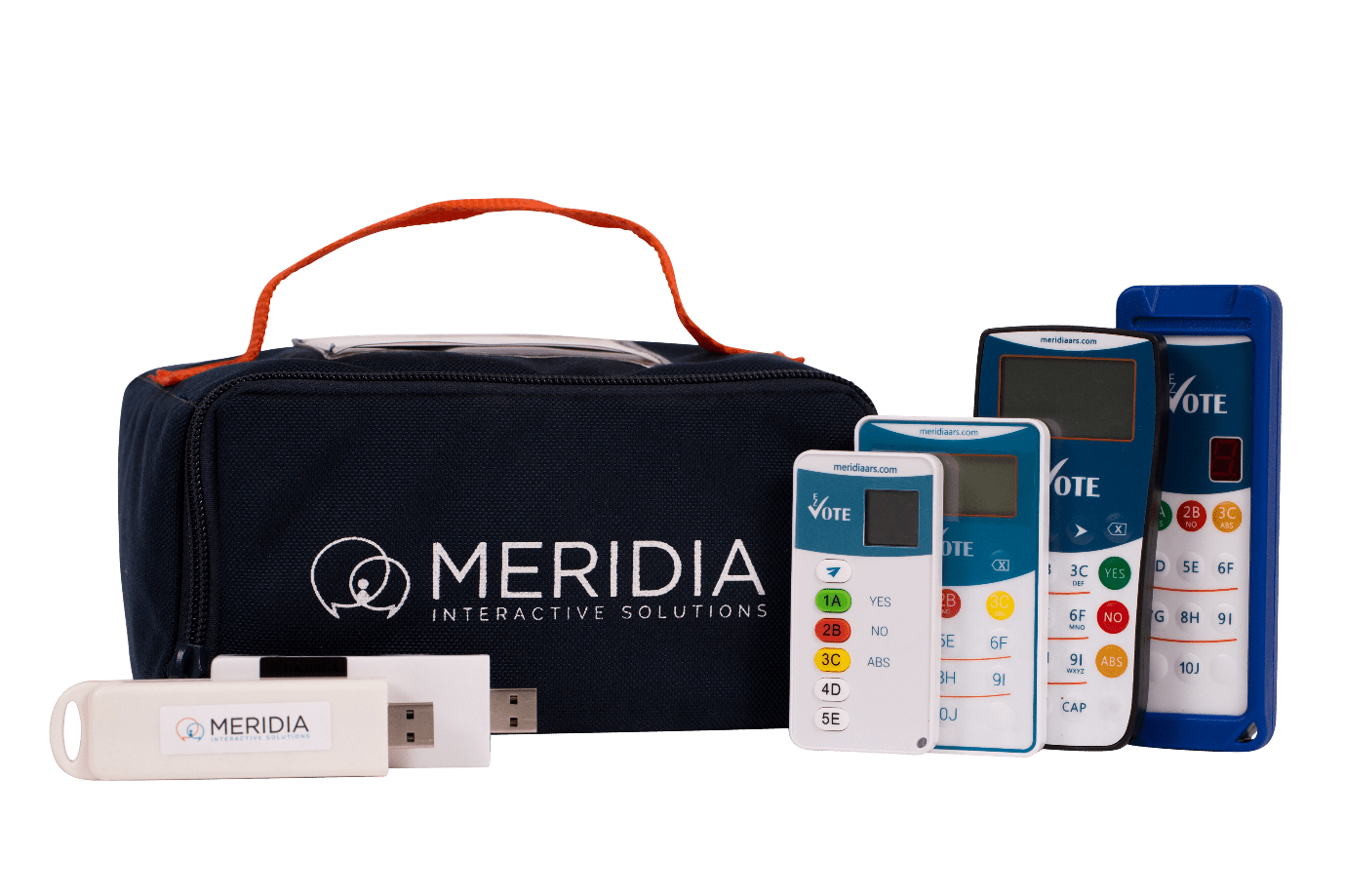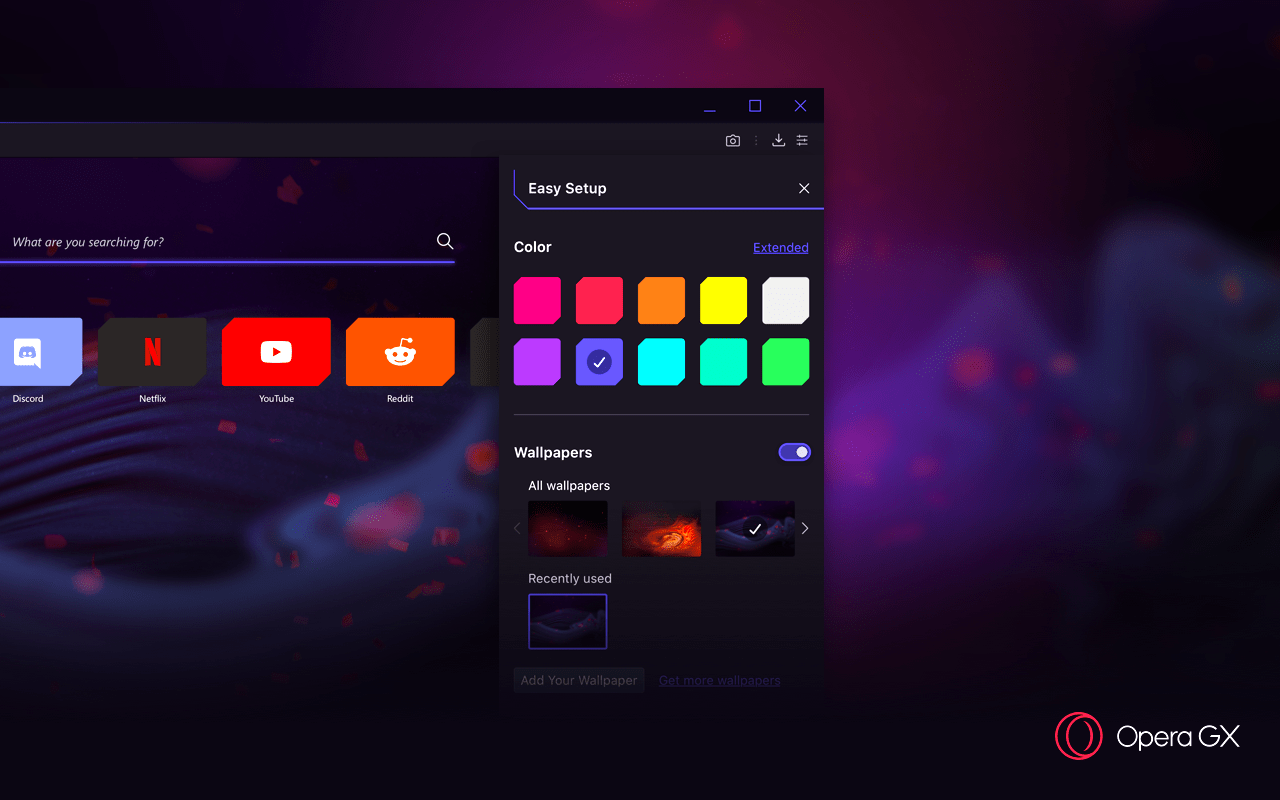Night Vision in Digital Form
Digital night vision is a newer consumer technology that produces results similar to Starlight technology but with some additional features and benefits. The advantage of this technology is that it can produce results equivalent to older Generation 1 devices at a lower cost and without the aberrations inherent in Generation 1 “Starlight technology” night vision. The disadvantage is that this is roughly the scope of its powers. It cannot compete with gadgets that use Generation 2 or later Starlight technology. The range of digital night vision is likewise greatly diminished. When observing beyond fairly small distances, even some of today’s Generation 1 night vision gadgets will frequently outperform these devices.
This form of night vision technology is extremely distinct from regular night vision technology and functions in a similar manner. The light enters the device through an objective lens, is processed by a highly sensitive charged coupling device (CCD), and then transferred to a Liquid Crystal Display (LCD) where the picture is shown. This can vary, and there may be an eyepiece to look through rather than an LCD screen to watch the output. If you want to stay undiscovered by whom or what you’re observing, eyepiece devices are ideal since they don’t illuminate your face as an LCD does. You are not gazing directly at an amplified picture, as with typical night vision systems.
Thermal-Imaging
“Thermal-Imaging Night Vision” is not the same as what we’ve seen with light amplification equipment. Because many individuals confuse normal night vision equipment with thermal imaging capabilities, we will simply briefly clarify these sorts of devices. At the moment, the technology starts about $10,000, which is typically out of reach for most people. Recent technological advancements may bring new thermal-imaging gadgets into the $1000 level very soon.
Thermal imaging technologies detect heat rather than visible light. They are not impacted by smoke or fog, and they may be used in complete darkness since they are not dependent on visible light. They have infrared detectors that detect the electromagnetic wave’s invisible infrared part (heat). Heat or infrared radiation is emitted by all things. Thermal imaging equipment has infrared detector components that solely detect this section of the spectrum.
The image is often viewed in grayscale, as opposed to image-enhancement technology, which is displayed in green scale (that eerie green view). On tiny displays, some of the more costly devices also display the generated views in color. Thermograms are color representations or visuals. Cooler colors are typically represented by blacks, blues, and greens. The warmer hues are whites, reds, and yellows.
One significant advantage of Digital Night Vision is that you may use it in the daylight without fear of destroying it. They function similarly to Generation 1 night vision devices in that they simply magnify available light and need an IR illumination to see in low-light conditions. The majority of digital night vision equipment includes infrared diodes (a bank of small IR lights). One can also buy fusion imaging binoculars.
Designs for Thermal Imaging
Thermal imaging equipment is classified into two types: cooled and uncooled. The cooled models are significantly more costly and more prone to breakage. The components in cryogenically chilled systems are also significantly more sensitive. These systems can have remarkable resolution and sensitivity by cooling the components. They can “see” temperature variations as little as 0.2oF from over 1000 feet away. The elements in the cooling system are sealed and maintained at a constant temperature of less than 32°F.
To enhance, digital night vision devices, like normal night vision instruments, require accessible light. They have a lesser range than ordinary night vision devices but do not have the aberrations that Generation 1 night vision has.
You may utilize digital night vision equipment during the day without fear of hurting the environment, as you would with traditional night vision systems.
Thermal imaging systems detect the unseen heat generated by all things and do not require any light to work.








